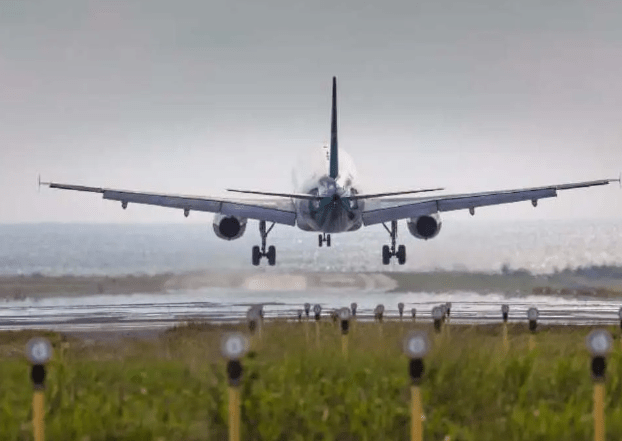
Aviation News –
Addressing these challenges within the Nigerian airspace requires a paramount, multifaceted approach. Firstly, implementing rigorous inspection and maintenance protocols is non-negotiable. With their intricate systems and components, aircraft demand meticulous attention to ensure optimal functioning. The incident with the United Airlines Boeing 737-800 flight that successfully touched down at Medford Airport in Oregon, despite missing a panel, is a stark reminder of the potential consequences of overlooking seemingly minor components. In Nigeria, enhancing our inspection and maintenance protocols involves adopting international best practices and equipping our aviation technicians and engineers with the latest training and tools to effectively perform their duties in collaboration with private and government establishments.
Moreover, the LATAM Airlines flight incident, travelling from Sydney to Auckland, New Zealand, highlights the crucial need for advanced training and simulation for flight crews. This need is particularly relevant for the Nigerian aviation sector, where diverse operational conditions, ranging from weather to technological challenges, necessitate a well-prepared crew. Implementing state-of-the-art simulation training that mirrors real-life scenarios will equip our pilots and cabin crew with the competence to navigate unforeseen challenges, ensuring passenger and crew safety under all circumstances.
Investing in modern aircraft technologies represents another critical strategy. As the incidents involving older Boeing models suggest, technological vulnerabilities can pose significant risks. For Nigeria, this implies a strategic shift towards acquiring newer aircraft with advanced safety features and redundancy systems. Such investment enhances safety and positions the Nigerian aviation sector as a modern, forward-looking industry.
Strengthening regulatory oversight and compliance is foundational to aviation safety. A robust regulatory framework, aligned with international standards, ensures that airlines and aviation service providers adhere to stringent safety protocols.
For Nigeria, this would involve conducting rigorous audits, performing compliance checks, and fostering a culture that prioritises safety. Encouraging a safety-first mindset across all levels of operations can significantly contribute to minimizing risks.
Lastly, active collaboration with aircraft manufacturers is essential. By engaging in constructive dialogue and participating in safety forums and working groups, Nigeria can proactively address safety concerns, share knowledge, and adopt industry best practices. This collaborative approach not only aids in immediate safety improvements but also contributes to long-term advancements in aviation safety.




